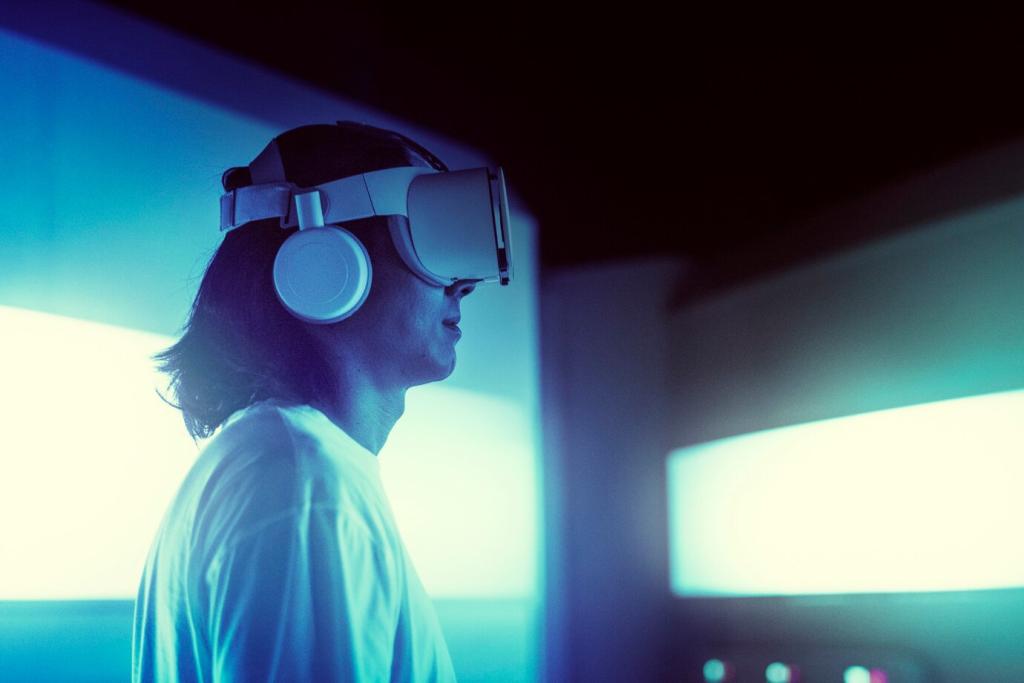Launching Curiosity: Space Exploration Technologies
Reusable Launch Systems: The New Baseline
When boosters return intact, spaceflight economics flip: hardware becomes an asset, not a consumable. Turnaround time matters as much as thrust, and telemetry guides smarter refurbishments. Tell us: what milestone convinced you reusability was real—the first synchronized landing, or the quiet rollout weeks later?


Ion and Hall Thrusters in the Wild
Dawn’s blue glow carried it from Vesta to Ceres, proving that steady thrust can win long games. Hall thrusters push satellites into profitable orbits with remarkable efficiency. What destination would you target with electric propulsion, and how would you pace a mission that accelerates for months?

Solar Sails and the Momentum of Sunlight
A sail unfurls, sunlight taps gently, and acceleration whispers rather than roars. With careful attitude control, photons become fuel you never need to carry. Imagine a fleet of gleaming kites exploring asteroids—would you join a citizen campaign to name the first photonic flotilla?

Nuclear Thermal and Electric Futures
Nuclear thermal promises higher specific impulse; nuclear electric could supercharge ion arrays far from the Sun. Shielding, testing, and public trust are as vital as reactors. Join the debate: how should agencies demonstrate safety while advancing the deep-space engines our grandchildren might ride?
Autonomy, Guidance, and Onboard Intelligence
Star fields become maps, and lidar paints precise portraits for rendezvous. Algorithms fuse inertial data, optical cues, and micro-thrusts to thread needles at orbital speeds. Would you trust a fully autonomous docking system for crewed missions, or insist on human-in-the-loop for final meters?

Autonomy, Guidance, and Onboard Intelligence
When sensors misbehave, spacecraft triage themselves: isolate anomalies, switch to backups, phone home when the sky permits. Voyager’s decades of safe modes inspired modern strategies. Share what you’d prioritize in a spacecraft’s self-care kit: redundancy, predictive analytics, or graceful degradation?
Closed-Loop ECLSS and Water Alchemy
Urine becomes drinkable water, carbon dioxide turns back into breath, and filters hum like quiet heroes. Reliability beats novelty in the void. Tell us your take: should early Mars crews bring redundant spares for everything, or trust modular repairs and robust recycling frameworks first?
Radiation Shielding and Smart Materials
Water walls, polyethylene, and regolith berms blunt cosmic rays; active concepts add magnetic dreams. Designing comfort within mass limits is a delicate art. Which shielding approach feels most practical for a lunar base: buried modules, inflatable habitats with water jackets, or hybrid layers you can reconfigure?
Food, Psychology, and Time
Microgreens in LEDs, familiar aromas, and shared rituals can steady minds as days blur. A single leaf unfurling onboard can hush a cabin. What meal would you pack as a morale anchor for a six-month cruise, and how would you keep conversation lively?
Oxygen extraction, methane synthesis, and sintered blocks transform scenery into supply chain. Each kilogram not launched multiplies mission options. Would you prioritize propellant production for return safety first, or habitat construction to anchor a growing outpost from day one?
Surface Systems: Moon and Mars Workhorses
Lunar dust clings like a memory; Mars adds cold, cliffs, and storms. Gaits, seals, and brushes matter. Share your design tweak for tougher rovers: compliant wheels, electrostatic dust repulsion, or sacrificial coatings that peel away after abrasive seasons take their toll?
Surface Systems: Moon and Mars Workhorses
Communications, Navigation, and Sensing
Massive dishes listen through cosmic noise while networks buffer around light-speed lags. Bundles wait, forward, and verify across planets. How would you design a public dashboard that lets anyone watch packets hop from Mars to Earth in near real-time?
Narrow beams carry libraries of images with astonishing efficiency, but pointing is everything. Cloud cover and jitter challenge perfection. What experiment would you prioritize for the first interplanetary laser trunk line: hyperspectral maps, subsurface radar cubes, or live instrument tuning sessions?
Cameras compare incoming landscapes to onboard maps, shaving risks during descent. Fusion with radar and lidar helps rocket plumes fight chaos. If you could name a landing site for a tech demo, where would you aim and what sensor set would you test first?
